2021-04-16
Battery hundred people's meeting - battery network news on April 15 (Chen Yulin, Shandong Zaozhuang, live broadcast with pictures and texts)From the signals released by governments at all levels, China's goal of "carbon peak and carbon neutralization" is firm, and new energy technology is the inevitable path to achieve this goal. Accelerating the embrace of green new energy, the battery industry is taking advantage of the wind, and the market demand will usher in a period of rapid capacity expansion.
At the end of last year, the general office of the State Council issued the new energy vehicle industry development plan (2021-2035), which pointed out that battery technology breakthroughs should be implemented. Carry out research on key core technologies such as positive and negative electrode materials, electrolyte, diaphragm and membrane electrode, strengthen the research on short board technology of high-strength, lightweight, high safety, low-cost and long-life power cells and fuel cell systems, and speed up the research and development and industrialization of solid-state power battery technology.
In the past decades, liquid lithium-ion battery technology has become increasingly mature, and the market application has accelerated the penetration, but there are also many development bottlenecks. There is a certain gap between the speed of battery technology progress and the expectations of the consumer market. The potential demand is huge, and technological breakthroughs are urgently needed to detonate various segmented application markets. The next generation of battery technology is expected.
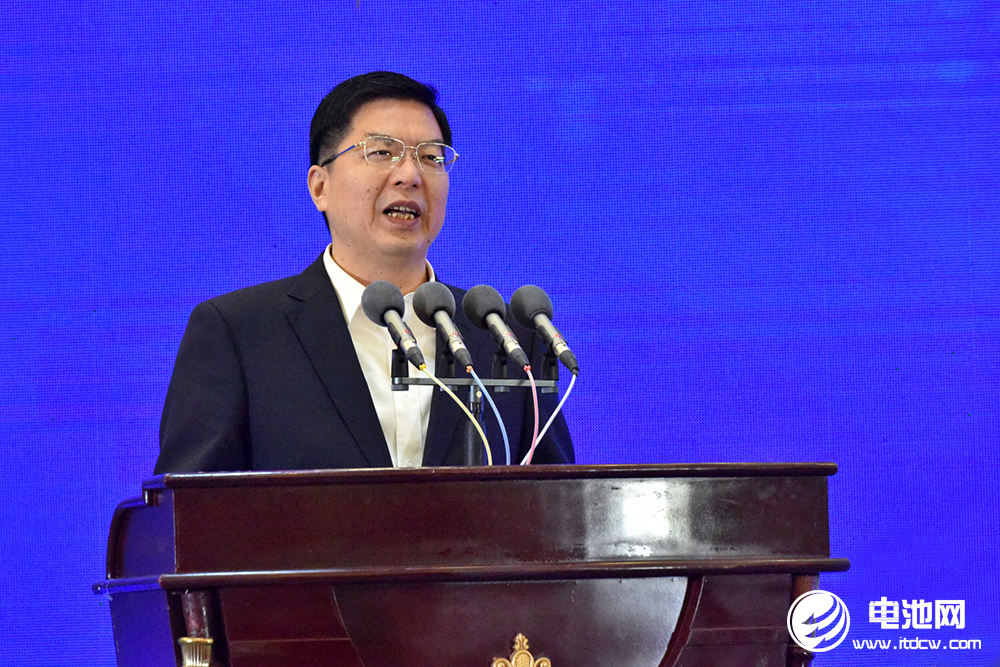
Chen Ping, Secretary of Zaozhuang municipal Party committee and director of the Standing Committee of Zaozhuang Municipal People's Congress
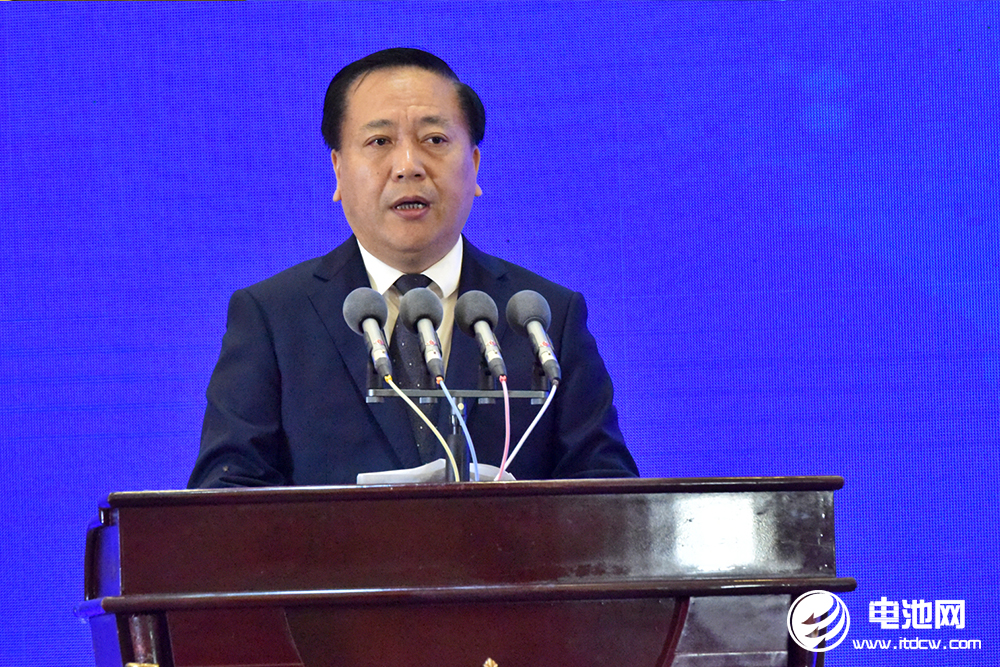
Wang guangbu, Secretary of the Party Working Committee and executive deputy director of the Management Committee of Zaozhuang high tech Zone
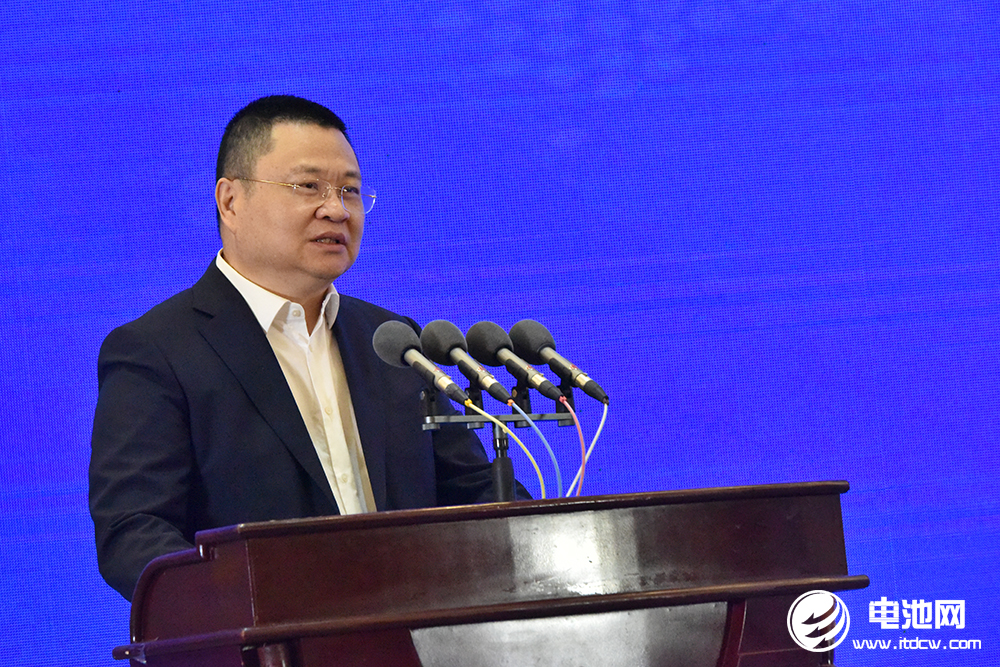
He Simo, chairman of yishite Group Co., Ltd
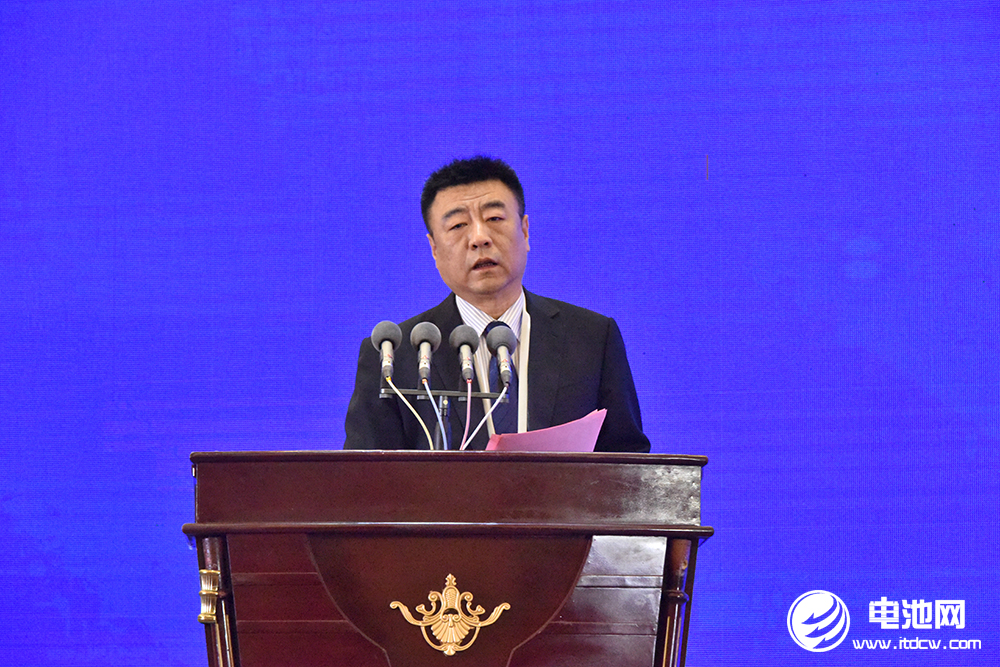
Songzhixin, vice president of Zhejiang Tianneng new energy Co., Ltd
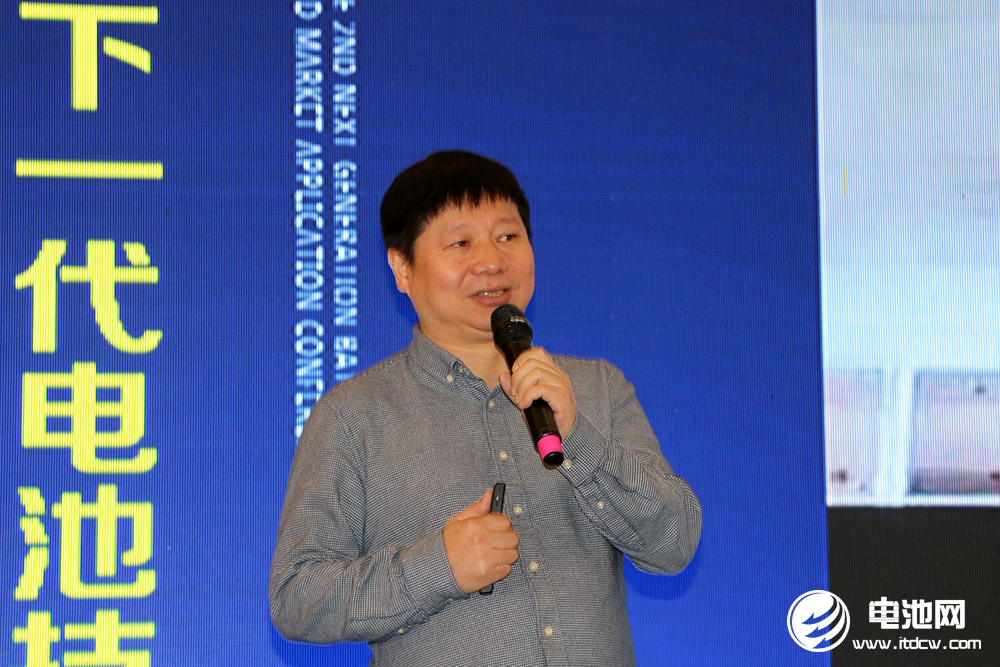
Yu Jun, director of Investment Department of Ningde Wanhe Investment Group Co., Ltd
On April 15, the 2021 second session of the next generation battery technology and market application seminar, hosted by Zaozhuang national high tech Industrial Development Zone and battery network, was successfully held. Nearly 150 guests, including representatives of core enterprises in all links of the battery and new energy industry chain, experts from scientific research institutions, leaders of research institutions, and media representatives, gathered in Shandong Zaozhuang high tech Zone to discuss the upgrading road of the lithium battery industry, the mass production road of solid-state batteries The commercial road of fuel cells and the next generation battery technology with the most investment value are discussed in terms of the industrial technology status and future development direction of the next generation battery.
At present, the research direction of the next generation battery mainly includes fuel cell, solid-state battery, lithium metal battery, lithium sulfur battery, lithium air battery, zinc battery and so on. In addition to the upgrading of mainstream liquid lithium batteries, solid-state batteries and fuel cells are also popular.
The upgrading road of lithium battery industry
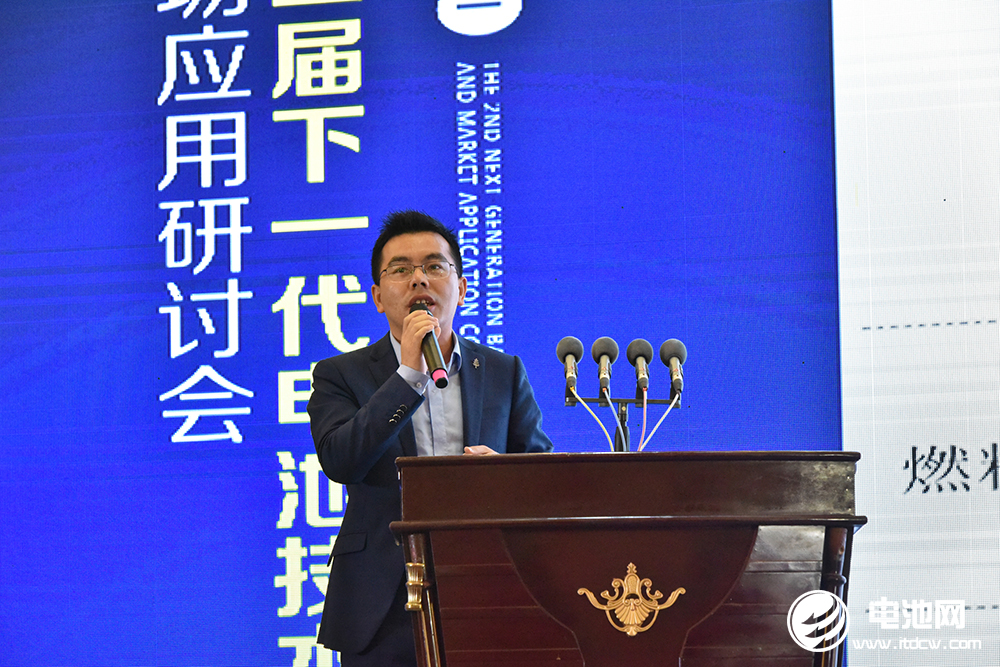
Wu Hui, general manager of the research department of ivy Economics Research Institute and President of China Battery Industry Research Institute
In terms of lithium battery technology, Wu Hui, general manager of the research department of ivy Economics Research Institute and President of China Battery Industry Research Institute, said at this seminar that the two key indicators of lithium battery - cost and energy density have been significantly improved, laying the foundation for the industrialization of electric vehicles. Over the past decade, the price of lithium-ion batteries has decreased by nearly 85%, from 3800 yuan /kwh in 2011 to 578 yuan /kwh in 2020; On the contrary, the energy density of lithium-ion batteries has increased nearly three times, from 80wh/kg in 2011 to 270wh/kg in 2020.
With the improvement of cost and price, in 2020, China's lithium-ion battery shipments increased from 30.4gwh in 2014 to 158.5gwh, and the global share increased to 53.8%. Wu Hui predicts that the global sales volume of new energy vehicles will reach 16.4 million in 2025, and the overall penetration rate will exceed 20%; In 2025, the global demand for lithium-ion batteries will officially enter the TWH era, of which the demand for automotive power batteries will reach 919.4gwh.
In addition to the increase in scale, in terms of lithium battery technology, the industry has also paid more attention to the exploitation of the potential of core battery materials such as cathode materials, cathode materials, diaphragms, electrolytes, copper foil and aluminum foil, and continued to increase the optimization of material systems and processes.
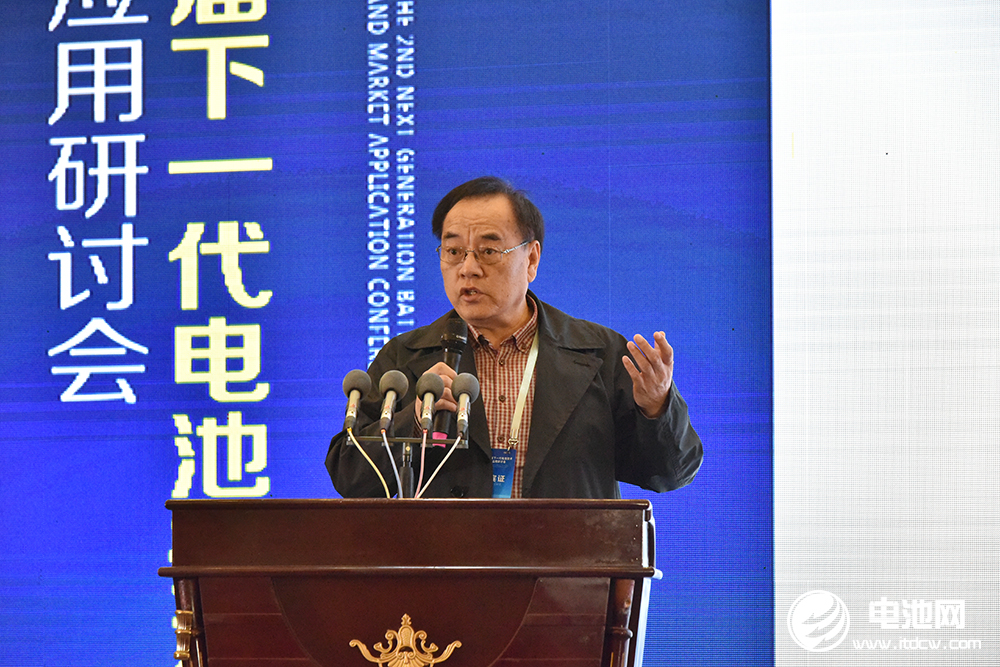
Qi Lu, Professor of Peking University
According to Qi Lu, a professor at Peking University, the upgrading of China's lithium battery industry needs to solve some problems existing in the existing lithium battery technology, the transition period of all solid lithium batteries, and so on, but many of these technical problems are insurmountable at present.
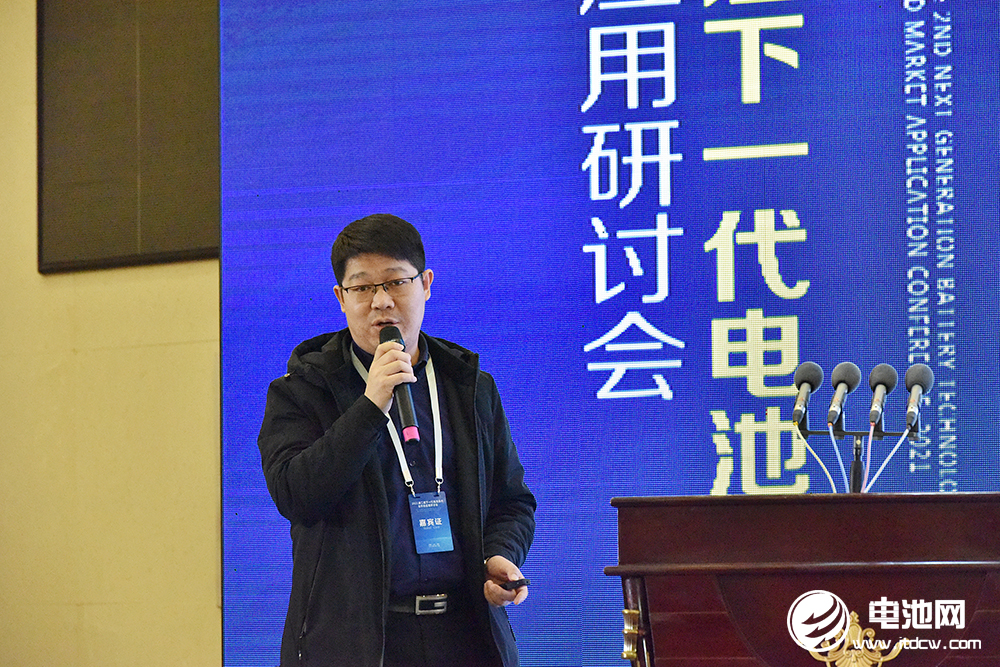
Wang Haiyan, Professor of Central South University
"Electrical performance, cycle life, cost, specific power, specific energy and safety are important factors to evaluate the application potential of lithium-ion battery cathode materials." Wang Haiyan, a professor at Central South University, said that the production capacity and market share of high nickel ternary cathode materials are increasing, and they are the most potential cathode materials with high energy density for lithium-ion batteries in the next few years. High nickel ternary materials have significant advantages, among which the monomer energy density of ncm811 and NCA can reach more than 300wh/kg, which is more suitable for the current industrial system and is the preferred cathode material for the design of high specific energy lithium-ion batteries at present. In terms of the industrialization development trend of high nickel ternary cathode materials, he believes that there are mainly monocrystallization and ultra-high nickel.
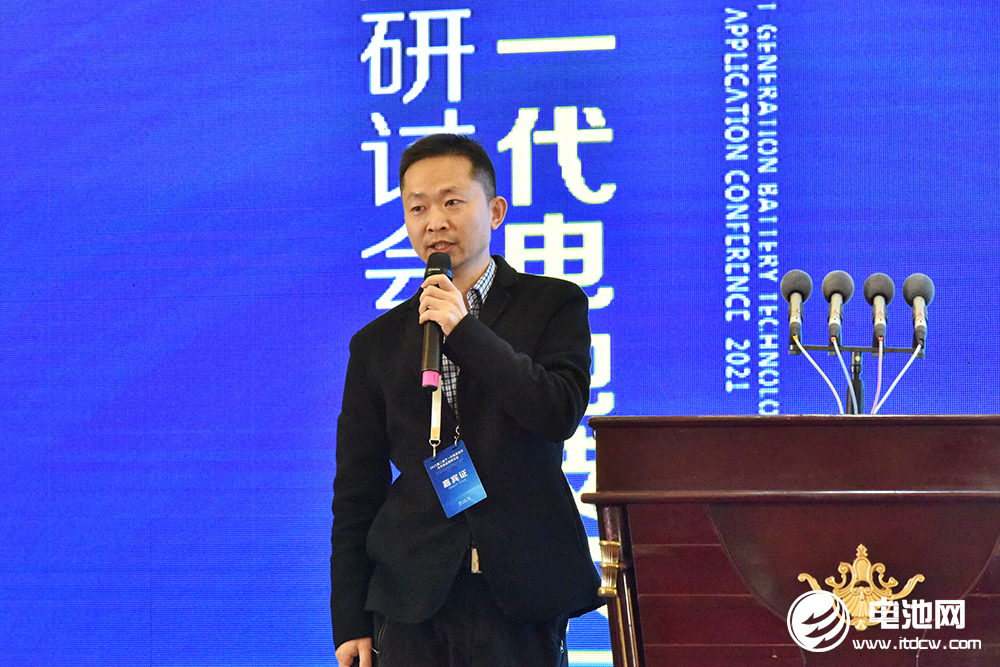
Songzebin, deputy general manager of Changhong Sanjie new energy Co., Ltd
Songzebin, deputy general manager of Changhong Sanjie new energy Co., Ltd., said that the technology of high-power domestic battery has made significant progress in recent years, especially in the model below 2500mah, there is basically no difference between the performance of Japanese and Korean batteries; At the same time, domestic electronic factories are constantly strengthening the introduction of equipment, and the updated production line means higher efficiency, more accurate control, and better product consistency; Compared with most of the early equipment in Japan and South Korea, domestic batteries will have certain advantages in product consistency and production efficiency in the future. As for the technical difficulties of high rate batteries, songzebin believes that they are mainly reflected in the synchronous improvement of power and energy density, excellent high and low temperature performance, and high product consistency requirements.
Mass production of solid state batteries
The battery network noted that recently, the solid-state battery field, which takes into account high energy density and high safety, is also heating up: on April 14, honeycomb energy and the Chinese Academy of Sciences jointly built a solid-state battery technology research center; On April 9, Ganfeng lithium announced that it plans to invest 2.2 billion yuan to build a high specific energy solid-state battery ultra-thin lithium cathode material project; On March 31, Huineng technology, a solid-state battery manufacturer, was announced to be listed this year; On March 15, Volkswagen said at its first "power day" that the ultimate target form of automotive power battery in the future will be solid-state battery; On January 9, Wei Lai announced the solid-state battery with a total energy of 150kwh on NiO day, and announced that it would be mass produced in 2022.
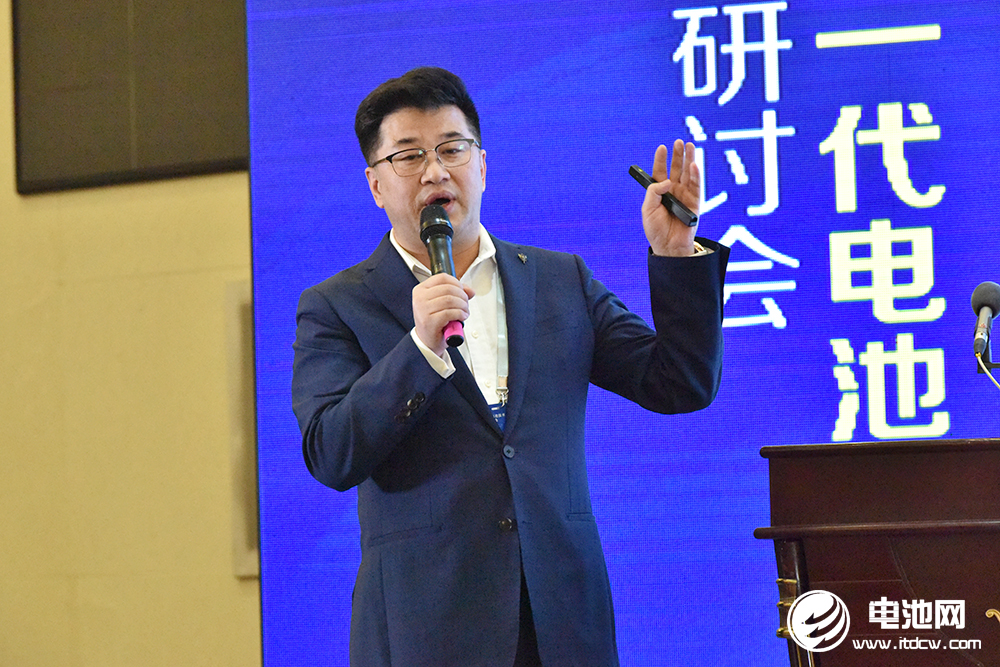
Wang Qingsheng, President of China Russia Institute of new energy materials technology
"Many new battery technologies are developing, but they are all on the way, on the way of pre research and scientific research." Wang Qingsheng, President of the Sino Russian Institute of new energy materials technology, said that solid-state batteries have been developed for more than 50 years since 1972 and face many challenges. In the long-term 2030, many battery forms will appear in the form of all solid state, including metal lithium, lithium sulfur and lithium air batteries. These routes are constantly being modified, but the general strategy to improve safety is solid state. The cathode material of solid-state battery is not much different from that of liquid electrolyte battery. The cathode material mainly adopts lithium metal, lithium alloy or graphene, and its development mainly depends on the development of solid electrolyte materials.
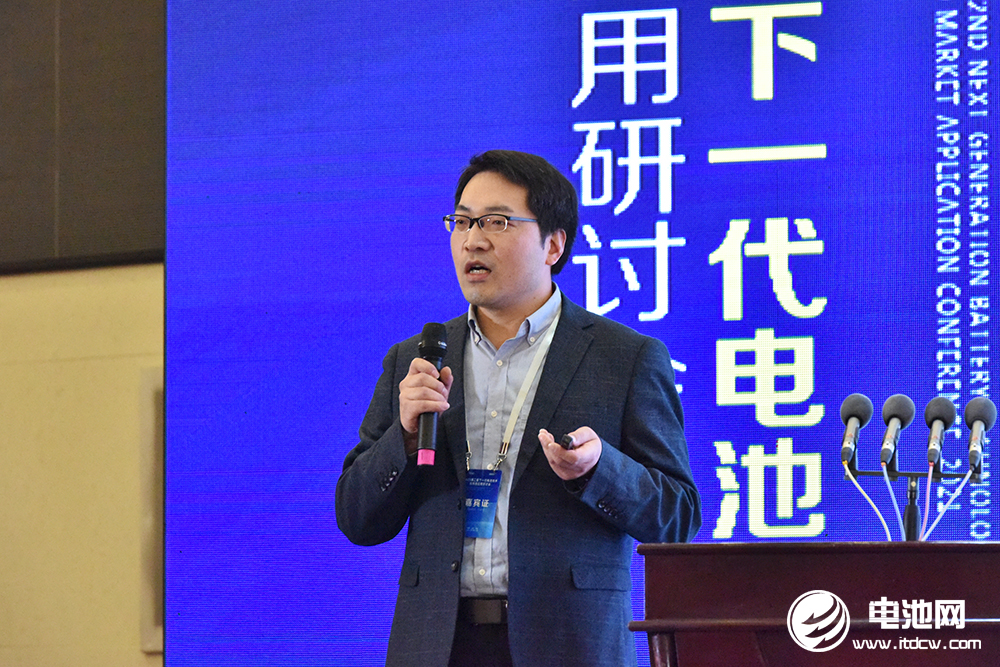
Researcher of Shanghai Institute of silicate, Chinese Academy of Sciences / doctoral supervisor / deputy director of energy materials research center Zhang Tao
"High energy density is our unremitting pursuit, but for new battery materials, safety is also very important." At this symposium, Zhang Tao, a researcher / doctoral supervisor of Shanghai Institute of silicate, Chinese Academy of Sciences, and deputy director of the energy materials research center, also said that solid-state batteries are considered the most likely alternative to existing liquid batteries, and there are more than 40 solid-state battery companies around the world. Zhang Tao established a research group of "electrochemical energy storage materials and devices" in the State Key Laboratory of high performance ceramics and ultrastructure of Shanghai Institute of silicate, Chinese Academy of Sciences, focusing on the research and development of solid-state electrolytes and lithium metal batteries. Solid state reaction hot pressing sintering is the technical route for the preparation of oxide solid electrolyte in the laboratory; The preparation technology of sulfide solid electrolyte is solution reaction solid state reaction pressure molding; The preparation technology of halide solid electrolyte is solution reaction solid state reaction pressure molding.
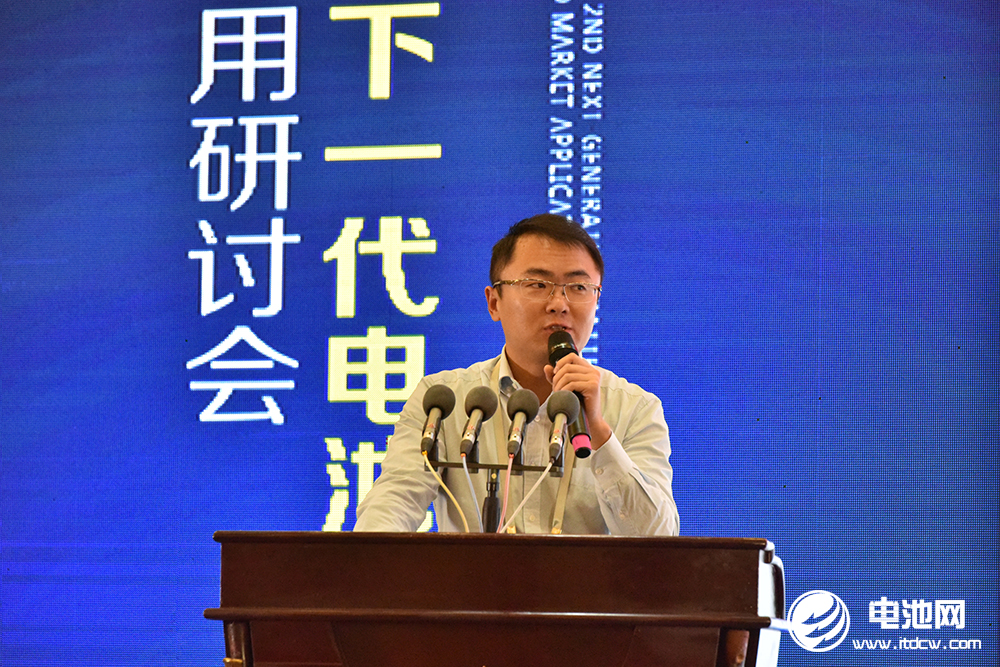
Yang Chengxiao, deputy director of Research Institute of Tianfeng Securities Co., Ltd
"Solid state batteries are not only the solution to the safety problem, but also the improvement of convenience by improving the endurance. If they can be affordable with traditional batteries, the era of solid-state batteries may accelerate." Yang Chengxiao, deputy director of the Research Institute of Tianfeng Securities Co., Ltd., said, "according to our calculation, there is no liquid injection and other processes in the processing of solid-state batteries, and the processing cost is 4.6 $/ kWh lower than that of traditional lithium batteries, that is, when the processing cost of solid-state electrolyte is lower than 7.7 $/ kWh, the battery cost of solid-state batteries is lower than that of traditional batteries." In its view, the electrolyte materials of oxide solid-state batteries are cheap, and the cell is easy to assemble and the packaging cost is low. As long as the technical problem of mass production of oxide electrolyte is solved, the mass production cost of solid-state batteries may be comparable to that of liquid batteries.
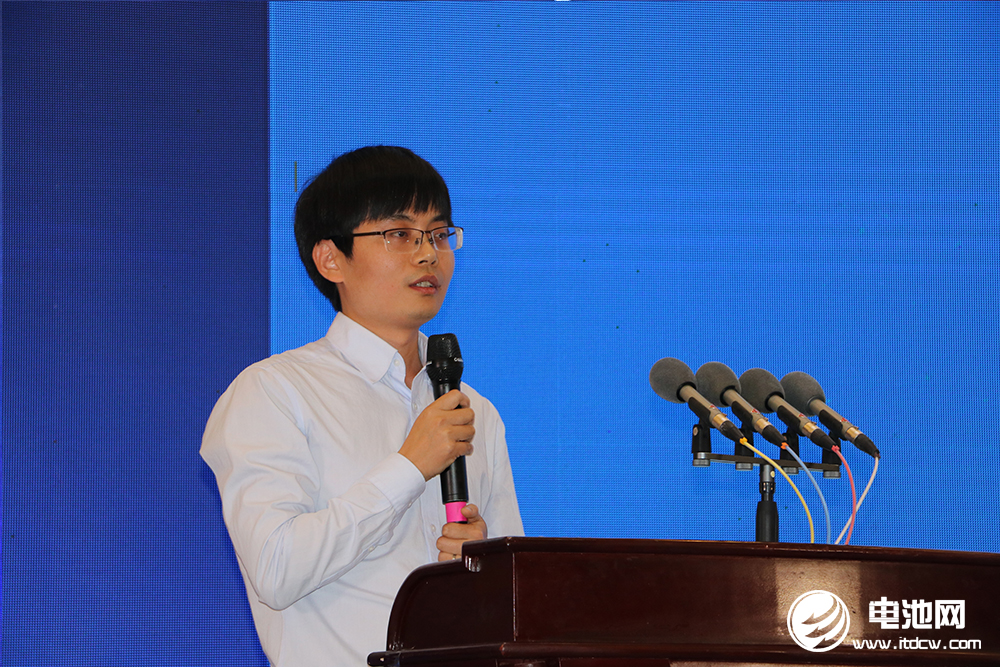
Xiang Jin, deputy general manager of Beijing Weilan New Energy Technology Co., Ltd
Xiang Jin, deputy general manager of Beijing Weilan New Energy Technology Co., Ltd., predicts that hybrid solid-liquid batteries can take into account the performance advantages of liquid batteries and all solid batteries, can be compatible with existing processes, equipment and materials to the greatest extent, and is expected to achieve mass production within five years; All solid state battery technology also faces many technical challenges, including solid-solid interface problems, development and engineering of high-performance battery materials, etc. all solid state batteries are expected to achieve commercial applications within 5-10 years.
In addition, according to the forecast data of the white paper on the development of China's solid state battery industry (2021), the solid-state battery enterprises that have been mass-produced or are in pilot test in the world at present, including quantum scape, bollore, sakti3, SES, 24m, Qingtao energy, Ganfeng lithium, Weilan new energy, Huineng technology, Anwa technology, etc. The white paper predicts that the worldwide shipment of solid-state batteries may reach 276.8gwh in 2030, and the overall penetration rate is expected to remain about 10%.
Commercial road of fuel cell
Compared with solid-state batteries, the industrialization of fuel cells is going faster, and the global commercialization process is accelerating. The era of hydrogen fuel cell vehicle demonstration and application of "replacing subsidies with awards" in China has begun. Policy "red envelopes" from the national level to local governments at all levels have been issued frequently, and the support for the hydrogen energy industry has been continuously strengthened. Listed companies such as yihuatong, Dongfang Electric, SAIC and xiongtao have been deeply engaged in the field of fuel cells for many years. Energy giants such as Weichai Power, Sinochem Group, Baowu group, national energy group, Huaneng Group, state power investment group, Three Gorges group, China Nuclear Power Group and China Guangdong Nuclear Power group are also accelerating the layout of hydrogen energy business. In addition, national energy enterprises such as Sinopec, PetroChina and CNOOC are also gradually leading the construction of hydrogen refueling stations. Among them, Sinopec plans to arrange 1000 hydrogen refueling stations or oil hydrogen combined stations during the "14th five year plan".
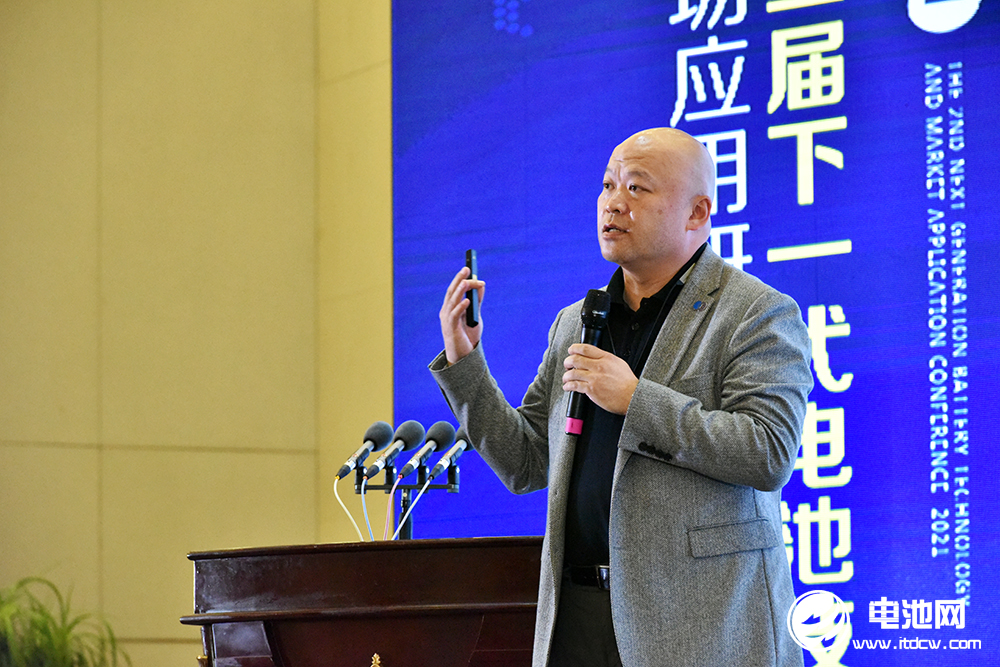
Yuan Chengyin, general manager of national new energy vehicle innovation and Technology Center
Yuan Chengyin, general manager of the national new energy vehicle innovation and technology center, said that fuel cell vehicles have been developed by mainstream vehicle companies for half a century, have gone through the feasibility and reliability verification stage, and are now entering the market introduction stage. With the guidance of national policies and the development of fuel cell technology, China has gradually formed several regional industrial clusters with vehicle enterprises as the carrier, such as Beijing Tianjin Hebei / East China / South China / Central China, but the real large-scale increase of fuel cell vehicles is expected after 2030. Moreover, in the future, fuel cells will have corresponding applications not only in passenger cars, but also in ships, rail transit, and even electric aircraft.
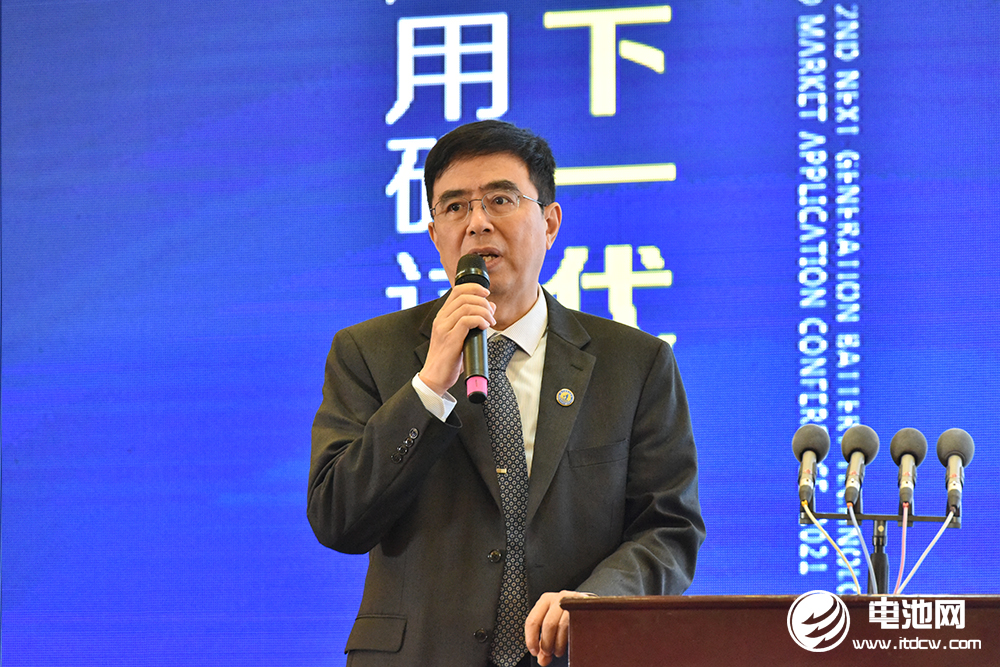
Zhang Ruiming, executive director of Guangdong Institute of hydrogen industry technology, Wuhan University of Technology
Zhang Ruiming, executive director of the hydrogen energy industry technology research institute of Wuhan University of technology of Guangdong Province, added that at present, China's fuel cell industry has just entered the market introduction stage from the technology development stage. The fuel cell stack and system initially meet the needs of commercial vehicles, and some performance catch up with the international level, but there are still some obvious gaps in engineering design and verification capabilities, key parts manufacturing level and so on. At the same time, the imperfect industrial chain, the large gap in materials, and the lagging behind of relevant standards, regulations and testing methods also restrict the development of China's hydrogen energy industry.
In Zhang Ruiming's view, if the road of large-scale application of hydrogen energy is to be stable, the core technology is the support, and there needs to be an industrial commanding height; National policy is fundamental; Only by adjusting measures to local conditions and giving full play to local advantages can we have commercial competitiveness; It requires substantial cooperation and full positive development between industries and enterprises.
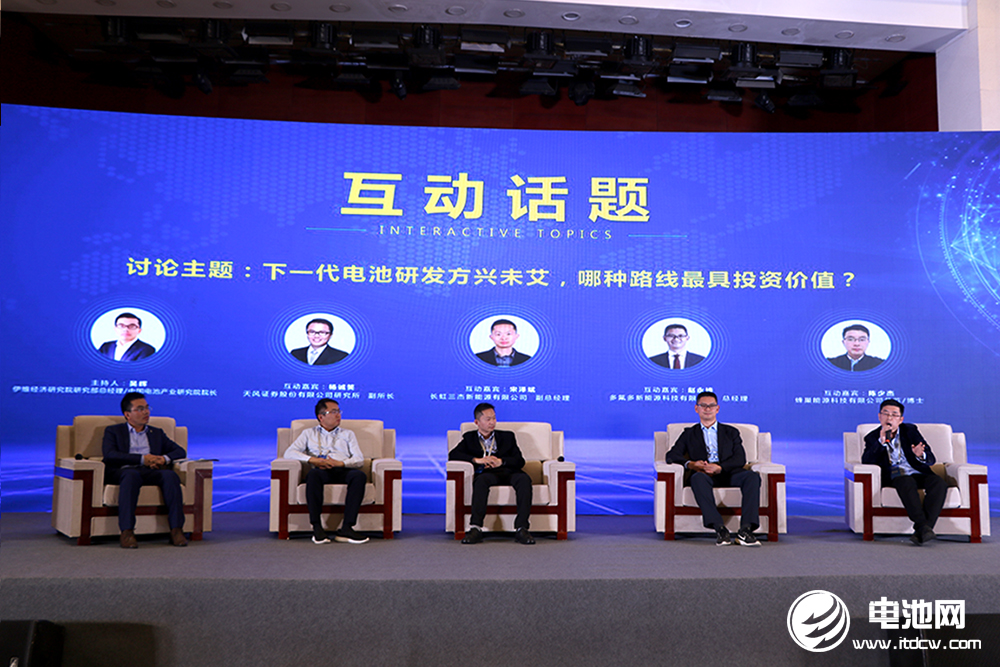
2021 interactive session of the second next generation battery technology and market application seminar
At the seminar, industry experts such as Yang Chengxiao, deputy director of the Research Institute of Tianfeng Securities Co., Ltd., song Zebin, deputy general manager of Changhong Sanjie new energy Co., Ltd., Zhao Yongfeng, vice chairman of dfdo New Energy Technology Co., Ltd., and Chen Shaojie, Director / doctor of honeycomb energy technology Co., Ltd. also discussed "which route has the most investment value because the research and development of the next generation battery is in the ascendant?" This topic is discussed.
Is the next generation battery technology approaching or is there a long way to go? From the point of view of the experts attending the meeting, none of the existing lithium battery technologies can take into account all the performance of high safety, low cost, long endurance, long life, fast charging and fast releasing, high and low temperature resistance, and easy access to raw materials. Various battery technology routes will compete and develop for a long time. In terms of next-generation batteries, the large-scale application of fuel cells and the mass production of all solid-state batteries, which are highly popular in the industry, will take at least 5 years, and may even take more than 10 years.
The commanding height of the next generation battery technology route is not clear yet, batteryDisruptive innovation has a long way to go, but the line is coming.
Article source:Battery net
0755-89480969
info@powercome.hk
B1202, building 1, Mogen Fashion Industrial Park, No. 10, shilongzi Road, Xinshi community, Dalang street, Longhua District, Shenzhen
www.powercome.hk